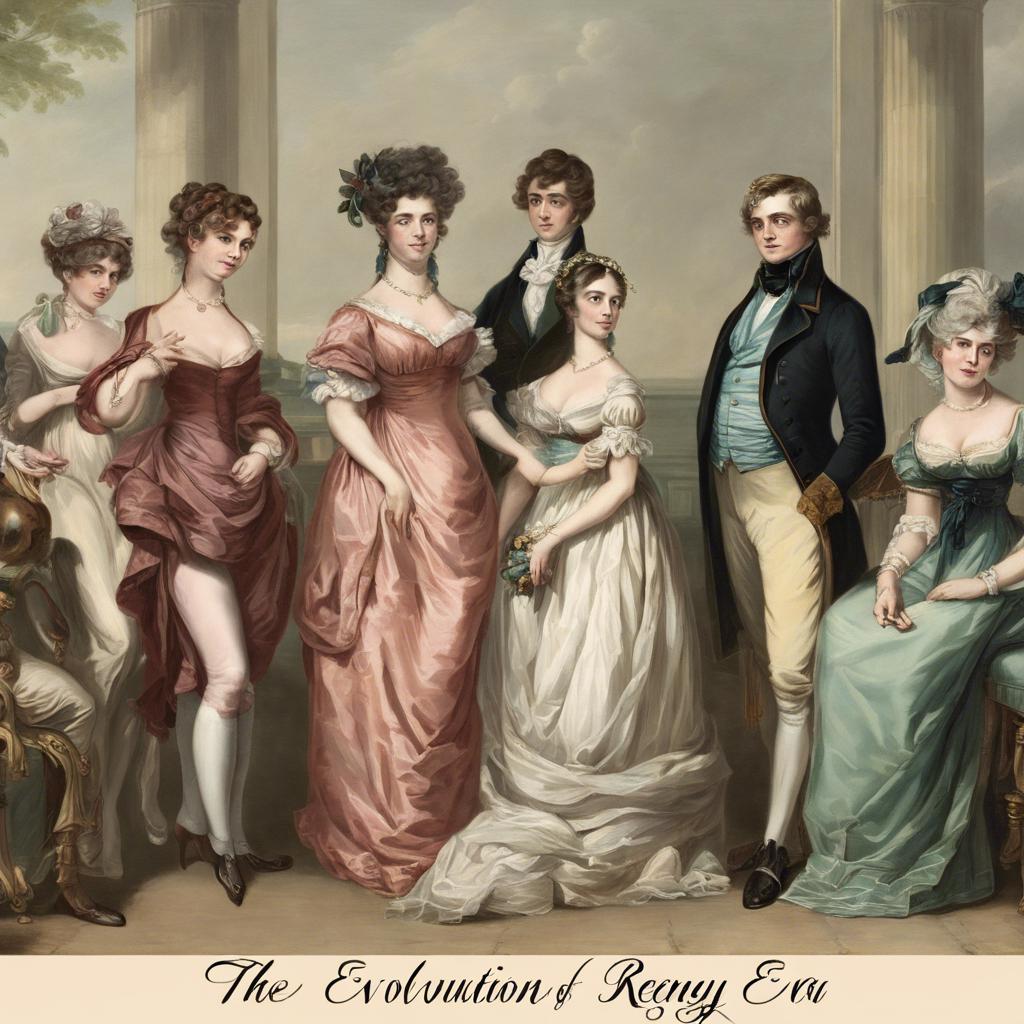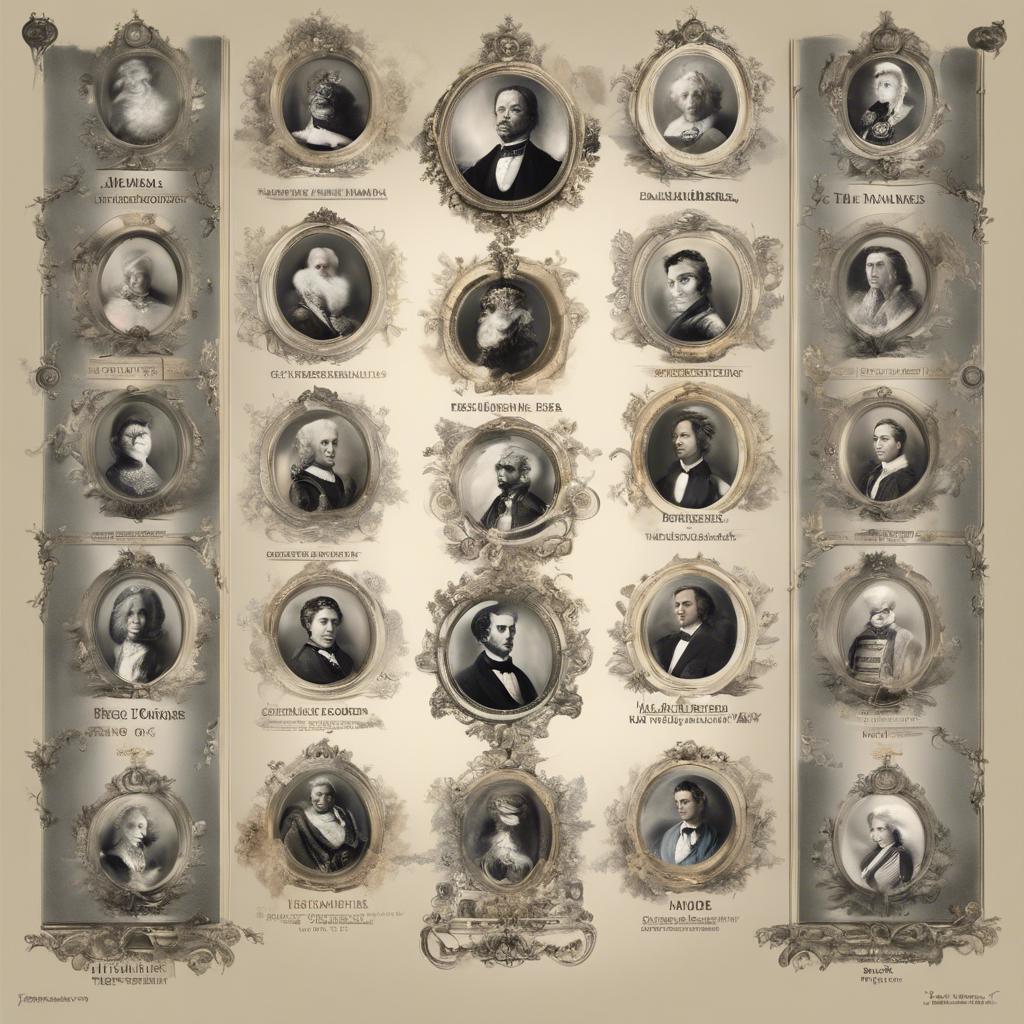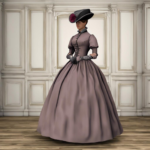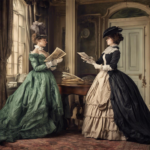In the illustrious Regency Era of British history, surnames held great significance and often served as badges of honor and privilege. The names that adorned the upper echelons of society reflected longstanding traditions, noble lineages, and familial legacies that were meticulously preserved and passed down through generations. In this article, we delve into the world of Regency Era last names, exploring their origins, meanings, and the role they played in shaping the social fabric of the time. Join us as we uncover the intricate tapestry of surnames that defined an era of elegance, refinement, and aristocratic splendor.
Step Into the World of Cheryl Bolen
Dive into the enchanting stories of love, intrigue, and elegance set in the Regency Era. Cheryl Bolen's novels offer timeless romance and captivating tales that will leave you wanting more.
Explore Cheryl Bolen's Books Now
The Evolution of Regency Era Last Names
The Regency Era, spanning from 1811 to 1820, was a time of cultural and societal upheaval in England. One fascinating aspect of this era is the evolution of last names, reflecting changes in social status, family connections, and regional influences.
During this time, last names often indicated a person’s occupation, such as Smith, Baker, or Cooper. These occupational surnames were common among the working class and provided insight into a person’s role in society. Additionally, last names derived from geographical locations, such as Hill, Ford, or Grove, were also prevalent, highlighting a person’s connection to a specific area.
As the Regency Era progressed, last names began to evolve to include more aristocratic and prestigious titles. Surnames such as Fitzwilliam, Montague, or Cavendish became popular among the upper class, emphasizing lineage and noble heritage. These sophisticated last names reflected the wealth and status of the individuals who bore them.
Influences on Regency Era Last Names
During the Regency Era, last names were influenced by a variety of factors that reflected the social and cultural norms of the time. One major influence on last names during this period was the aristocracy and landed gentry. Many last names were derived from ancestral estates, titles, or other markers of social status. For example, last names like “Darcy,” “Fitzwilliam,” and “Chatsworth” all have connections to prominent families and properties of the era.
Another influence on Regency Era last names was the rise of industrialization and urbanization. As people moved from rural areas to cities in search of work, new occupational last names became more common. Surnames like ”Thatcher,” “Smith,” and ”Cooper” were often derived from the individual’s trade or profession. These occupational last names were a reflection of the changing economic landscape of the time.
Additionally, last names during the Regency Era were also influenced by cultural and regional factors. Immigrant groups often brought their own naming traditions with them, leading to the adoption of new last names in certain communities. Last names like “O’Malley,” “Garcia,” and “Kim” reflect the multicultural nature of society during this period. the diversity of provides a fascinating glimpse into the social, economic, and cultural dynamics of the time.
Tips for Choosing Authentic Regency Era Last Names
When selecting authentic Regency Era last names for your characters or for a themed event, it is important to consider the historical context in order to maintain accuracy and immersion. Here are some tips to help you choose appropriate last names that reflect the time period:
- Research Historical Records: Look into census data, marriage records, and other documents from the early 19th century to find authentic last names that were common during the Regency Era.
- Consider Social Status: Take into account the social hierarchy of the time when selecting last names. Names associated with the aristocracy, gentry, or commoners can add depth to your characters.
- Avoid Anachronisms: Steer clear of last names that were not in use during the Regency Era. Make sure the names you choose are appropriate for the time period to maintain historical accuracy.
Notable Regency Era Last Names and Their Meanings
During the Regency Era, last names held significant meaning and often reflected the social status or characteristics of the individual. Some include:
1. Fitzwilliam: Derived from Old French, this surname means “son of William.” It was commonly used by the aristocracy to denote a direct lineage from a prestigious ancestor.
2. Montague: This surname originated from Old French and means “pointed mountain.” It was often associated with families who hailed from elevated regions or held positions of power.
3. Beaumont: Of Norman origin, this last name translates to “beautiful mountain.” It was commonly used by families with connections to picturesque landscapes or properties.
Future Outlook
the exploration of Regency era last names offers a fascinating glimpse into the social and cultural landscape of the period. These names reflect not only familial ties and lineage, but also the ever-changing dynamics of society during this significant historical era. By understanding the intricacies of Regency era last names, we can gain a deeper appreciation for the complex tapestry of identities that defined this unique time in history. As we continue to study and analyze the significance of these names, we are reminded of the enduring legacy of the Regency era and the individuals who inhabited this captivating world.


